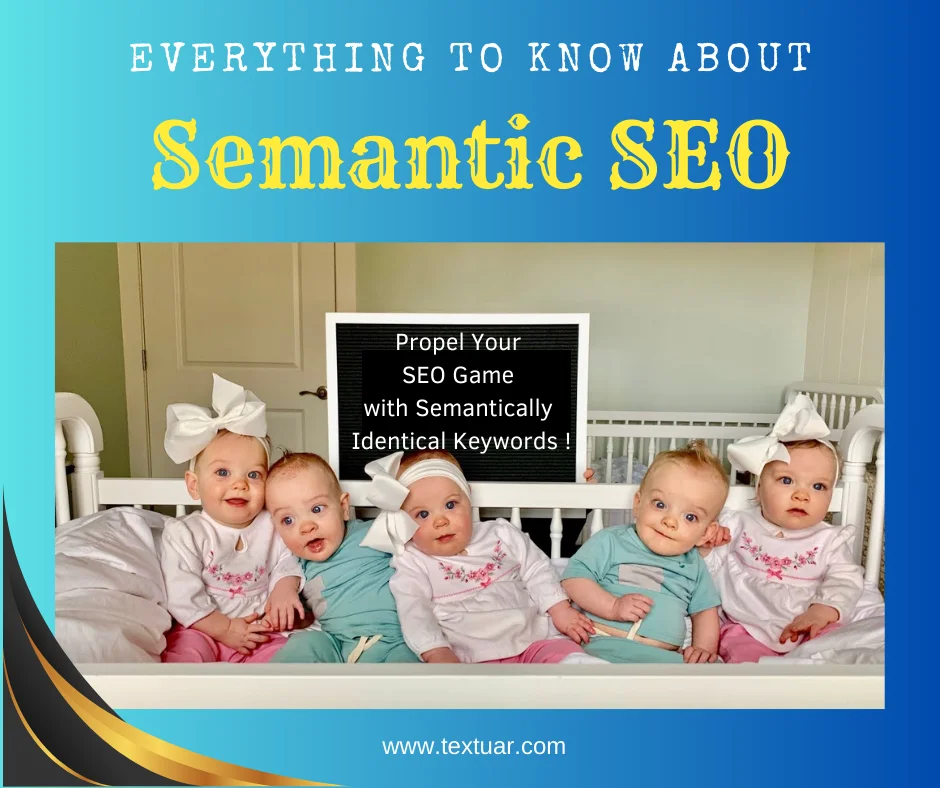10 Content Marketing Strategies for Fintech Startup Success

Building a solid web presence is essential for businesses in the extremely competitive fintech sector. Doing so helps them to acquire traction and draw in clients. They can leverage the competencies of a fintech content writing partner like Textuar to meet these goals. Well-etched strategies for content marketing offer a potent means of reaching this […]
11 Awesome Tips for Creating Magnetic and Engaging Blog Titles

It takes hours for content writers to create an extraordinary content piece rich with stats, facts and information that entice the readers. And it is only natural for them to crave eager readers who appreciate the immense effort.
How to Use Semantic SEO in Content to Rank Higher?

SEO webmasters would agree when we say that the world of SEO undergoes rapid updates every few months or so. Take the case of keywords. Keywords have long been the backbone of SEO content. However, an interesting evolution is taking place now. At our content writing agency, we are increasingly witnessing the massive gains unlocked […]

